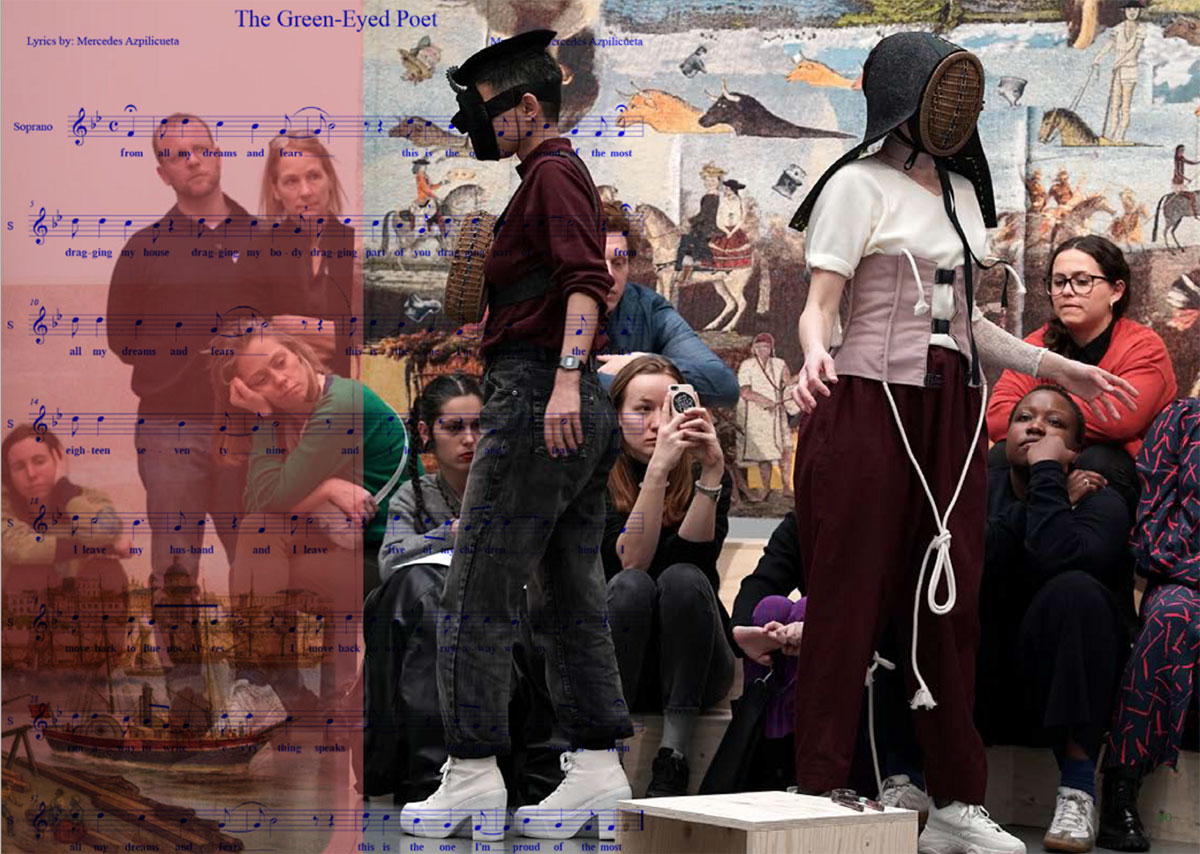BOOK: I Think My Body Feels, I Feel My Body Thinks: On Corpoliteracy, Van Abbemuseum
 “I Think My Body Feels, I Feel My Body Thinks: On Corpoliteracy” is a publication that draws from recent programmes, acquisitions and trajectories within the Van Abbemuseum, alongside essays and new commissions to explore different modalities of—and relationships to—corpoliteracy. The book is available to download in e-publication or PDF format and comprises essays, sound and video work, a queer sign glossary with 16 video entries, and edited conversations from lyricists, theorists, organisers, artists and practitioners. Once activated, corpoliteracy marks the struggle to rely on the “corpo” or body movements as a reliable informant beside the more formal components of reading and writing—knowing or “literacy.” In this scheme, narrating and writing are on equal footing as a corporeal phenomenon for recounting history, making community and transcending the boundaries of language. The body is as much a witness capable of providing testimony—through movement and dance—much like written, spoken, eyewitness or earwitness accounts. The term corpoliteracy was coined by curator and polymath Bonaventure Soh Bejeng Ndikung and speaks to a consciousness of mind and body rhythm-equity. Indeed Ndikung’s thinking around corpoliteracy has been central to the development of this publication, as well as a reference point for a number of contributors.
“I Think My Body Feels, I Feel My Body Thinks: On Corpoliteracy” is a publication that draws from recent programmes, acquisitions and trajectories within the Van Abbemuseum, alongside essays and new commissions to explore different modalities of—and relationships to—corpoliteracy. The book is available to download in e-publication or PDF format and comprises essays, sound and video work, a queer sign glossary with 16 video entries, and edited conversations from lyricists, theorists, organisers, artists and practitioners. Once activated, corpoliteracy marks the struggle to rely on the “corpo” or body movements as a reliable informant beside the more formal components of reading and writing—knowing or “literacy.” In this scheme, narrating and writing are on equal footing as a corporeal phenomenon for recounting history, making community and transcending the boundaries of language. The body is as much a witness capable of providing testimony—through movement and dance—much like written, spoken, eyewitness or earwitness accounts. The term corpoliteracy was coined by curator and polymath Bonaventure Soh Bejeng Ndikung and speaks to a consciousness of mind and body rhythm-equity. Indeed Ndikung’s thinking around corpoliteracy has been central to the development of this publication, as well as a reference point for a number of contributors.
In tandem with recent thinking around the term, the publication also draws on more historical positions, such as that of the Brazilian curator and educator Frederic Morais, that implicate the body in different ways. Taken together, the publication comprises a series of propositions, modifications and detours around the term corpoliteracy that are aimed at unsettling and expanding readers’ relationship to the corporeal and encourage the institution to think and feel with its body.
“I Think My Body Feels, I Feel My Body Thinks: On Corpoliteracy” can be downloaded for free here.
